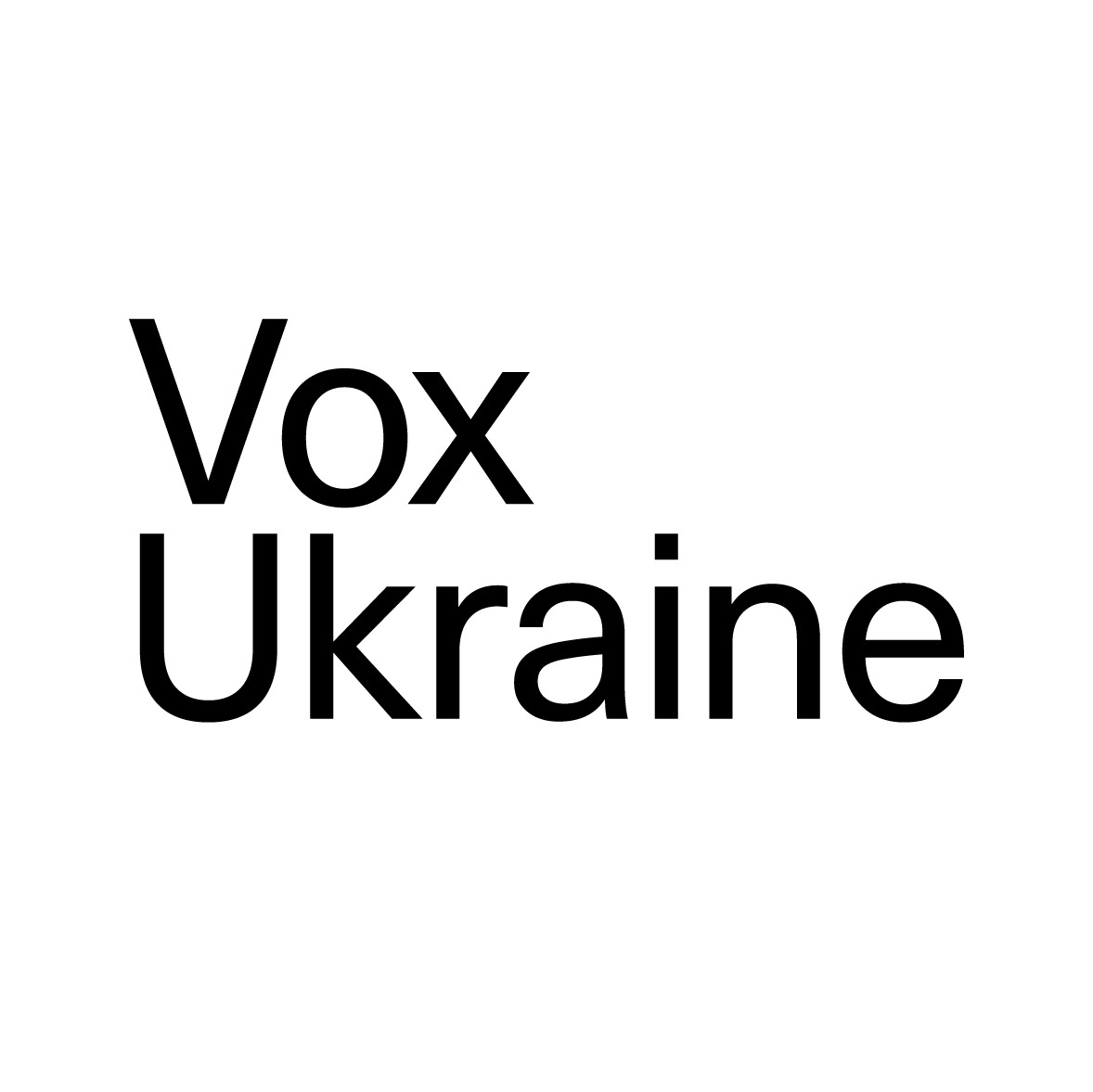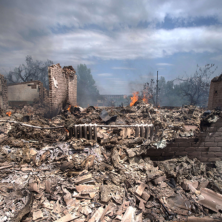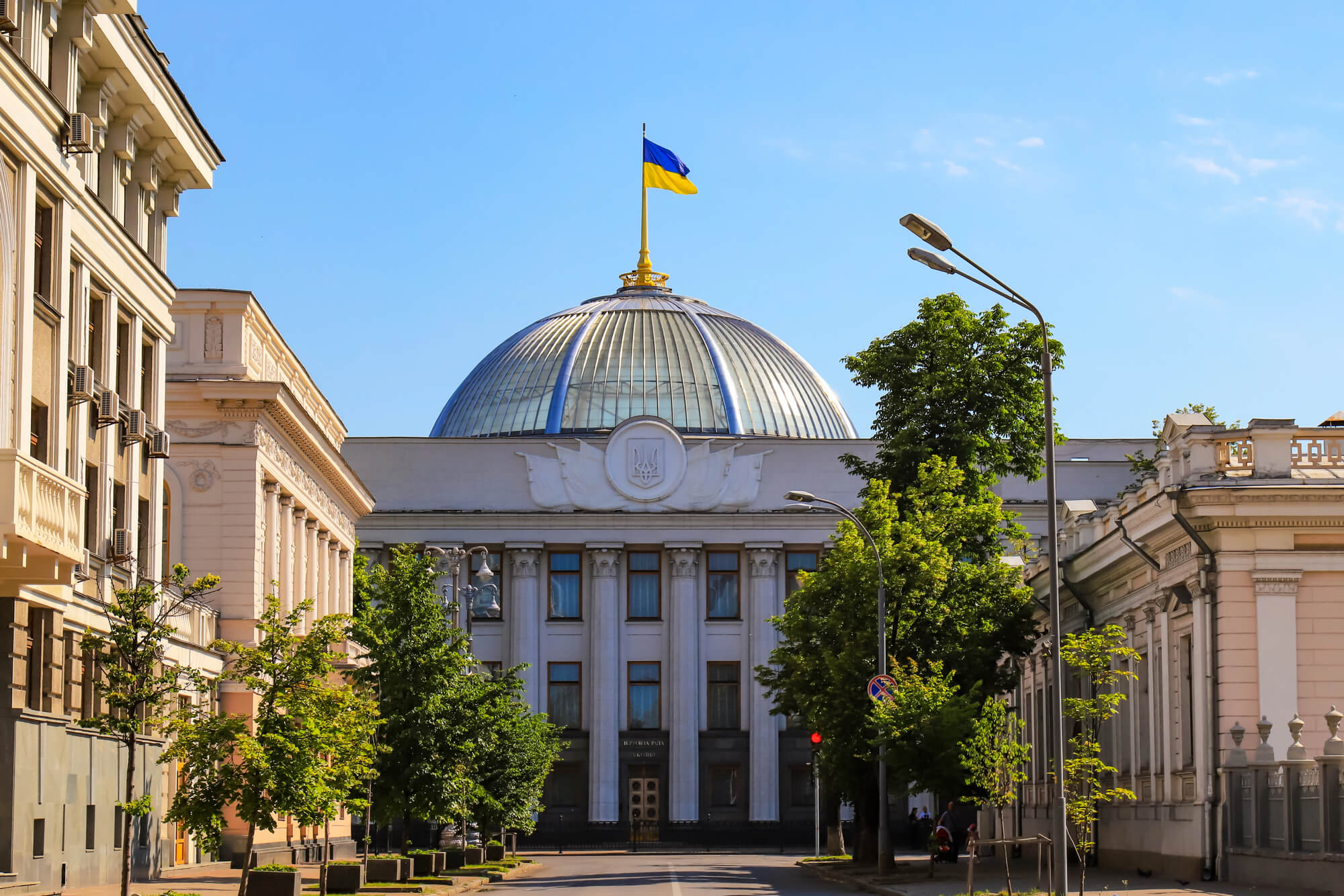The intensity of the fighting in the East of Ukraine has subsided and the separatists are trying to establish parallel institutions in the territories under their control. The rebels intend to print their local currency, collect taxes, manage educational and healthcare institutions, nationalize or re-privatize enterprises, etc.
- Will the rebels succeed in building their own institutions and can these institutions become better than those of Ukraine?
- Is it in the interest of Ukraine to support or undermine such institution building in the occupied Donbas?
VoxUkraine believes that
- The separatists are unlikely to succeed in building quality institutions because they lack mechanisms to credibly commit not to abuse these institutions. For example, if the separatists print their own currency, they will likely generate hyperinflation. Furthermore, historical experience shows that exporting institutions from Russia (e.g., ensuring that local currency is ruble) has only limited effectiveness.
- It could be tempting for the people of Ukraine to teach a lesson to the Donbas by promoting economic collapse and chaos there. Somewhat surprisingly, this could require a counterintuitive strategy of encouraging the separatists to create their own institutions. If the separatists take responsibility for establishing economic policy, enforcing law, and providing public goods, they are likely to fail. If they fail, their support among the local population will plummet. Furthermore, this policy might induce infighting among the separatist groups for the control of these institutions and hence create incentives for the separatists to be more independent from Russia.
- There are limits to how tough such a lesson can be. First, if the Donbas becomes an even bigger mess, there will be negative effects on the territories controlled by the Ukrainian government (refugees, kidnappings, crime, etc.). Second, a tough lesson can reduce support for pro-Ukrainian forces. After all, Russia’s “love by force” approach with respect to Ukraine is a dramatic failure. Third, the people in the occupied Donbas are Ukrainian citizens and the Ukrainian government must protect its citizens.
- The separatists may partially import institutions from Russia (e.g., ensuring that local currency is ruble). They will hardly succeed in making the region prosperous, unless Russia takes full responsibility for the territory and invests huge amounts in it, which is highly unlikely for reasons we specify below. In any case, if the separatists achieve better institutions than those of Ukraine, it will be a dramatic defeat for Ukraine in the informational war between Russia and Ukraine. Therefore, it is of paramount importance that Ukraine engages in serious institutional reforms in the regions, especially in the East of Ukraine, with the focus on combating corruption, cleaning up police and judicial institutions, and macroeconomic stabilization.
Let us elaborate on these points. The LNR/DNR will not be able to bring prosperity to the people of the Donbas on their own. Here is why.
Russia’s support. Russia does not have resources to prop up this large, densely populated region—it’s far larger than anything Russia tried to control in the past: Transdnistria, South Ossetia, Abkhazia, and even Crimea. Russia’s economy is not in its best shape, and Western sanctions coupled with the need to support Crimea are an additional burden.
Private investment. A territory without rule of law and with poor to non-existent property rights is deeply unattractive for private investment.
Internal sources of support. The LNR/DNR will have to find resources internally, but the local economy is in ruins: extensive shelling destroyed the infrastructure, production linkages are in shambles, export is limited because DNR/LNR do not have access to ports and, more importantly, the international community does not recognize these governments. Even in the best of times, the Donbas received generous subsidies (mainly for mining coal) from the central government, and now that source of funds is gone. There is no data for occupied territory, but according to Ukraine’s authorities Donetsk and Luhansk regions were only 40% and 44% self-sufficient in budget revenues in 2013. In short, the LNR/DNR government is going to see an overwhelming fiscal deficit with no prospect of closing the gap. Nationalization and/or re-privatization will kill what is left of economy. Raising tax rates or introducing new taxes is not going to help because the tax base is small and can shift into shadow. Borrowing from “abroad” is impossible. Cutting spending will annihilate whatever little is left of popular support. The only available tool is to print money. And this is exactly what the LNR/DNR government plans to do. On September 20, 2014, the LNR/DNR government announced its intentions to introduce its own currency.
Separatist’s own currency: a weapon of self-destruction. This sign of “sovereignty” perhaps sounds attractive to the rebels but, in effect, this is a weapon of mass self-destruction. Fiat money is as good as the people’s trust in it, and even the most ardent supporters of the new regime in the Donbas should have zero trust in this currency for many reasons.
- Expectations. Ukraine lived through a debilitating hyperinflation in the early nineties and even now, after years of relatively stable national currency, inflation fears are so strong that the public examines decisions of Ukraine’s central bank under the microscope to see if there is any sign of an inflationary move. Hence, this new currency will be met with a great deal of suspicion.
- Lack of competence. The level of competence in the LNR/DNR government is low. Anybody with human capital tries to flee the area and, by now, there is hardly anyone in the Donbas who has a clue about finance and central banking. In its short history, the “peoples’ republics” already had an actor who used to impersonate Santa Claus for a “Governor” (Gubarev), a journalist for a “Prime Minister” (Borodai), and a Ponzi scheme operator for “Speaker of the Parliament” (Pushilin).We can only imagine who will be tapped for a Central Banker job.
- Lack of fiscal base. The LNR/DNR government has no fiscal revenue to pay for its spending. If Kyiv sticks to its promise that Ukrainian money will flow only to those regions where Ukrainian flag will fly (a tough but a clearly correct decision), the only way the “peoples’ republics” will have to pay for it is to use printing press. The macroeconomic theory is clear about what’s going to happen: the LNR/DNR government can get some revenue from printing money only when it prints money at an increasing rate. That is, the LNR/DNR government has to print more money than economic agents expect it to print but these expectations rise every time the government prints more than agents expect. It’s a hyperinflation spiral! This is precisely why the Central Bank of Transdnistria ran inflation of over 40,000% in 1995, while the Central Bank of Moldova ran only 30% inflation rate. The residents on the LNR/DNR can try to switch to other currencies but they may be required to do transactions in the “local” currency, which could be a final straw that breaks the local economy.
Donbas “self-governance” steered by separatists is destined for an economic disaster. If the current trends continue and neither Kyiv nor Moscow provide massive funds, people living in the LNR/DNR should prepare for painful poverty. The rest of Ukraine is going to see tough time too, but life outside the Donbas will be much, much better than life in the Donbas. This visible and tangible difference in the quality of life will undermine the authority of and support for “appointed” or “elected” separatists. This will work slowly but surely. Indeed, the collapse of communism in Europe was precipitated by an astonishing difference in the standard of living between “decaying” capitalism and “prosperous” communist/socialism. The LNR/DNR can build a “Berlin wall” to prevent its residents from fleeing, but this will be a first signal that the LNR/DNR’s days are counted.
At the same time, while the contrast between the occupied Donbas and the rest of Ukraine is increasingly sharp, the looming economic disaster in the territories controlled by the separatists does not guarantee that this land is going to fly the Ukrainian flag soon. The experience of Transdnistria and other frozen conflicts in the former USSR suggests that an economic collapse in these regions can reinforce the political status quo and generate negative externalities for adjacent regions. For example, moderate and/or pro-Ukrainian population in the occupied Donbas can leave the region and only hard-core pro-separatists will stay thus giving “popular” support to the separatists. Similar to Chechnya in the 1990s, the Donbas is moving to smuggling, kidnapping and the like as the main lines of business which can be sustained only at the expense of the rest of Ukraine.
In summary, the view that allowing the separatists to rule will implode the local economy and hence bring back the Donbas is only half-true. In all likelihood, the separatists will run the Donbas economy aground but it does not mean the Donbas will be integrated back into Ukraine soon. To avoid the worst-case scenarios, Ukraine should continue to play an important role in the internal life of the occupied Donbas. It should support pro-Ukrainian forces, provide humanitarian aid and other resources, and perhaps even help more moderate separatists to overcome more extreme separatists to prevent the occupied Donbas from sliding into an economic abyss and political radicalization.
However, if the separatists with the help of Russia achieve better institutions than those of Ukraine, it will be a dramatic defeat for Ukraine in the informational war with Russia and will cut chances of regaining control over the region virtually to zero. It is in the utmost importance for Kyiv administration to make the country prosperous and increase quality of life of its people. This is the best way to strengthen the integrity of the country and increase chances of Donbas going back under Ukraine’s control in the foreseeable future.
Attention
The authors do not work for, consult to, own shares in or receive funding from any company or organization that would benefit from this article, and have no relevant affiliations




